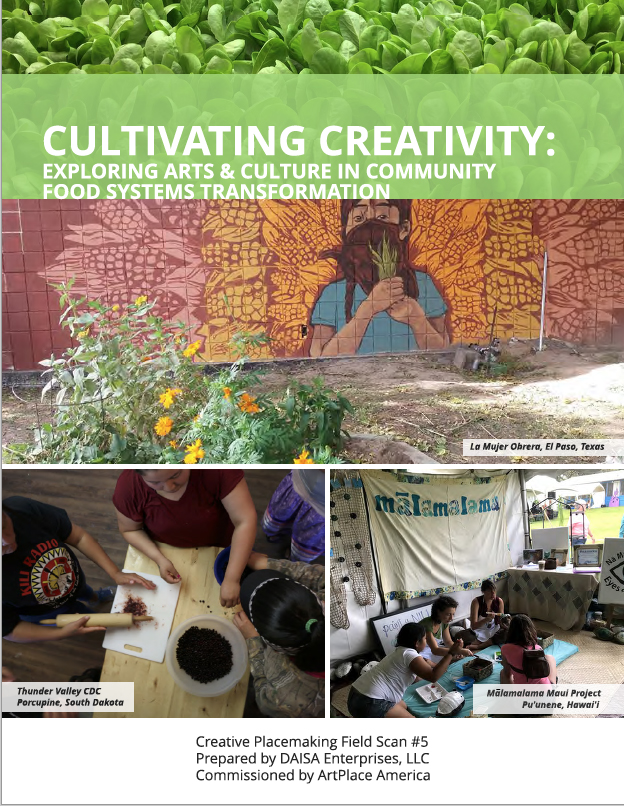Agriculture & Food
Introduction
As part of ArtPlace’s research to better understand and advance how art and culture play an intentional and integrated role in place-based community planning and development, ArtPlace selected DAISA Enterprises in 2018 as its partner to lead this work in the agriculture and food sector. DAISA’s deep food systems knowledge and consulting experience, including their role as national program office for the Kresge Foundation’s Fresh, Local and Equitable initiative, made them a natural fit.
As both author of the field scan and facilitator of the working group, co-convened in early March 2019 with Rural Coalition and Farm Credit Council, DAISA is poised to lead next steps recommended by the farmers, community practitioners, artists, community organizers, funders & financers, chefs, government and policy representatives, media, and academic leaders who were engaged as part of the research process. Among the working group's key recommendations was to break down silos at the federal and state levels, and to develop integrated policy and funding opportunities that better reflect the reality of many communities, rural in particular -- where agriculture, food systems, and cultural work are integrated naturally and seamlessly. Throughout 2020, ArtPlace and DAISA laid the groundwork with the U.S. Department of Agriculture, the National Endowment for the Arts, the National Association of State Arts Agencies, and others to pursue alignment and collaboration around the intersection of arts and culture and food and agriculture.
Field Scan
Published in May 2019, this field scan explores how arts and cultural practices can be better leveraged to create equitable and place-based food systems change across the country - spanning rural, tribal, and urban settings. The scan includes framing, cases studies, and recommendations to advance work happening at the intersection of arts and culture and food and agriculture, and to serve as a resource for practitioners.
Research led by DAISA Enterprises included interviews with 31 food systems practitioners, artists, and field thought leaders; an analysis of 180 projects that integrate arts and culture with food and agriculture; and deep discussion and review by a working group of over 40 additional practitioners, funders, and policymakers who convened in March 2019 at Resora on Cypress Pond, a 1638-acre former plantation in Albany, Georgia currently owned by black-led grassroots organization New Communities and operated as a retreat, conference center, and working farm.
The report describes how the fusion of artistic and cultural practices with food and agricultural community development enables a creative and inclusive process, ensuring that community members see their identities, histories, and interests reflected in the work. In particular, the research revealed that arts-integrated food systems work provides a uniquely accessible and effective way to:
- Bridge and heal divides
- Drive equitable food-oriented development and rural vitality
- Transform community spaces and celebrate identity
- Promote secure land tenure
- Ignite creative, community-led processes
- Preserve and reclaim food & farming traditions
Projects that were assessed for this study ranged from community gardens and farms, gathering spaces, and incubator kitchens and to food markets, food & agriculture tourism, and culinary arts initiatives.
Download the full field scan, Cultivating Creativity: Exploring Arts & Culture in Community Food Systems Transformation, to learn more.
Working Group
Lorena Andrade, La Mujer Obrera
Lisa Bellanger, Rural Coalition & Three Fires Ojibwe Spiritual and Educational Society
Katie Byerly The Kresge Foundation
Jaime Chavez, Rural Coalition
Lydia Clemmons, The Clemmons Family Farm
Nicolas de la Fuente, Desert Botanical Garden
Sarah Dirkes, American Farm Bureau
Christa Drew, DAISA Enterprises
Thomas Driscoll, National Farmers Union Foundation
Chuck Fluharty, Rural Policy Research Institute (RUPRI)
Julia Freedgood, American Farmland Trust
Amatul Hannan, Nama Farm
Jerry Hebron, Oakland Avenue Urban Farm
Jennifer Hughes, National Endowment for the Arts, Design & Creative Placemaking
Amy Kitchener, Alliance for California Traditional Arts
Katy Lackey, US Water Alliance
Susan Lightfoot Schempf, Wallace Center at Winrock International
Stephen Luoni, University of Arkansas Community Design Center
Mina Matlon, Imagining America
Gary Matteson, Farm Credit Council
Malini Ram Moraghan, DAISA Enterprises
Clifford Murphy, National Endowment for the Arts, Folk & Traditional Arts
Sadia Nawab, Inner-City Muslim Action Network (IMAN)
Michel Nischan, Wholesome Wave
Lorette Picciano, Rural Coalition
Rich Pirog, MSU Center for Regional Food Systems
Emmanuel Pratt, Sweet Water Foundation
Bob Reeder, Rural LISC
María Elena Rodriguez, DAISA Enterprises
Tara Rodriguez Besosa, El Departamento de la Comida
Daniel Ross, DAISA Enterprises
Jay Salinas, Wormfarm Institute
Steve Saltzman, Self-Help Credit Union
Greg Hanscom, Grist
Carlton Turner, Mississippi Center for Cultural Production
Nia Umoja, Cooperative Community of New West Jackson
Dwayne Wharton, The Food Trust
Lindsey Windland, Community Farm Alliance
Mark Winne, Johns Hopkins Center for a Livable Future
Carol Zippert, Rural Coalition and Society for Folk Arts and Culture
Ariela Zycherman, USDA National Institute of Food and Agriculture
Case Studies
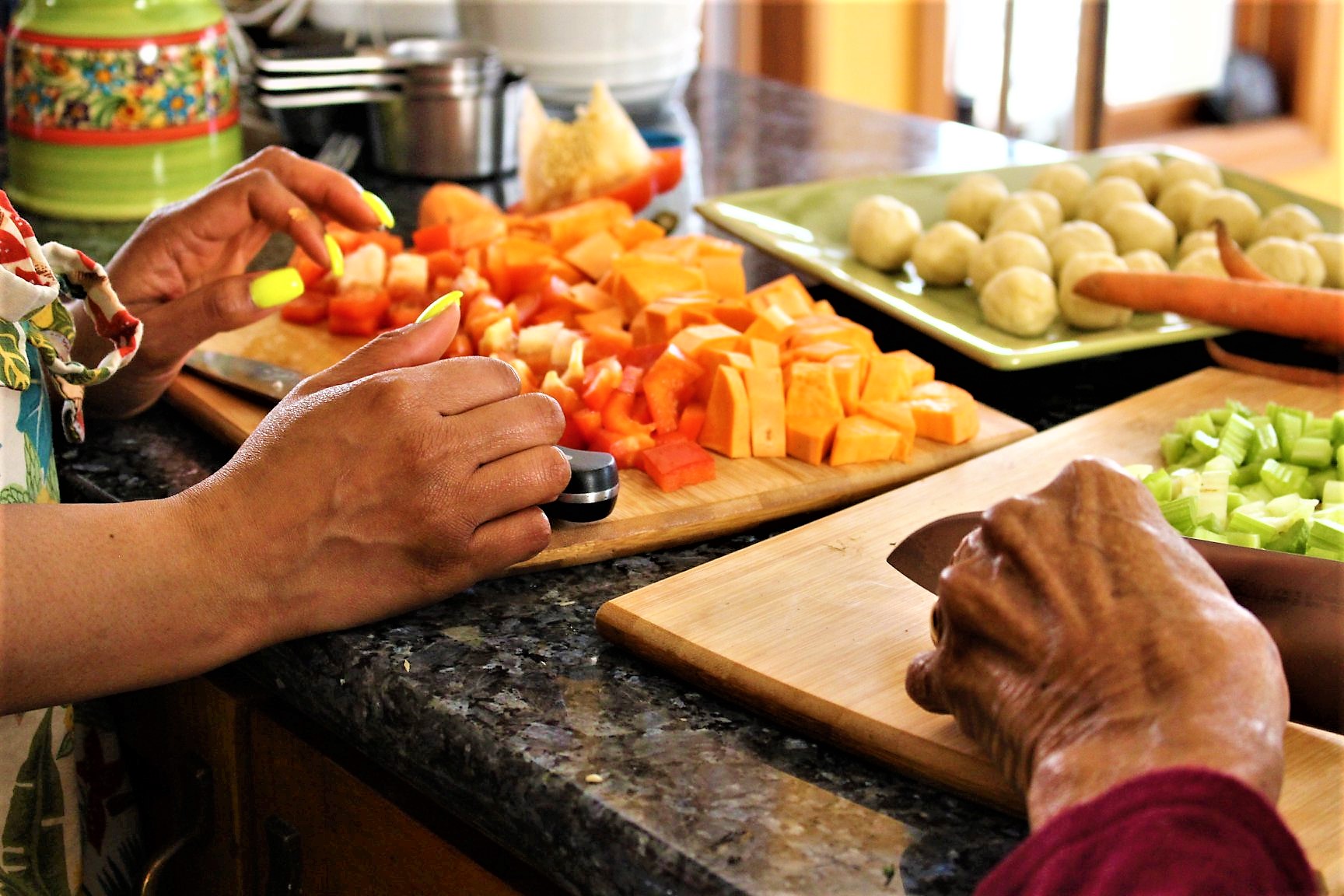
Photo courtesy of Clemmons Family Farm
The Clemmons Family Farm is fusing creative placemaking with multicultural community-building to create a hub of arts and culture in rural Vermont that improves community health and wellbeing. Through the Sense of Place project, the farm offers a multitude of opportunities for engagement including artist residencies, tours, multicultural events, and K-12 education programs. Their programming centers specifically on African-American and African arts including visual and performing arts, literature, storytelling, spoken word, and the culinary arts. The Clemmons family will also redesign their “Big Barn” as a community agriculture and arts venue. The Clemmons Family Farm actively builds partnerships with local artists, farmers, architects, scholars, and residents.
Expanding African-American land ownership is critical for African-Americans to develop food independence, foster economic development, and increase health outcomes. As evidenced in the Pigford vs. Glickman settlement of 1999, the restitution of lost agricultural land to African-American farmers has barely scratched the surface of the reality of historical discriminatory practices. The Clemmons Family Farm is an important cultural heritage asset, offering a unique platform for a marginalized population to become part of the state’s creative economy.
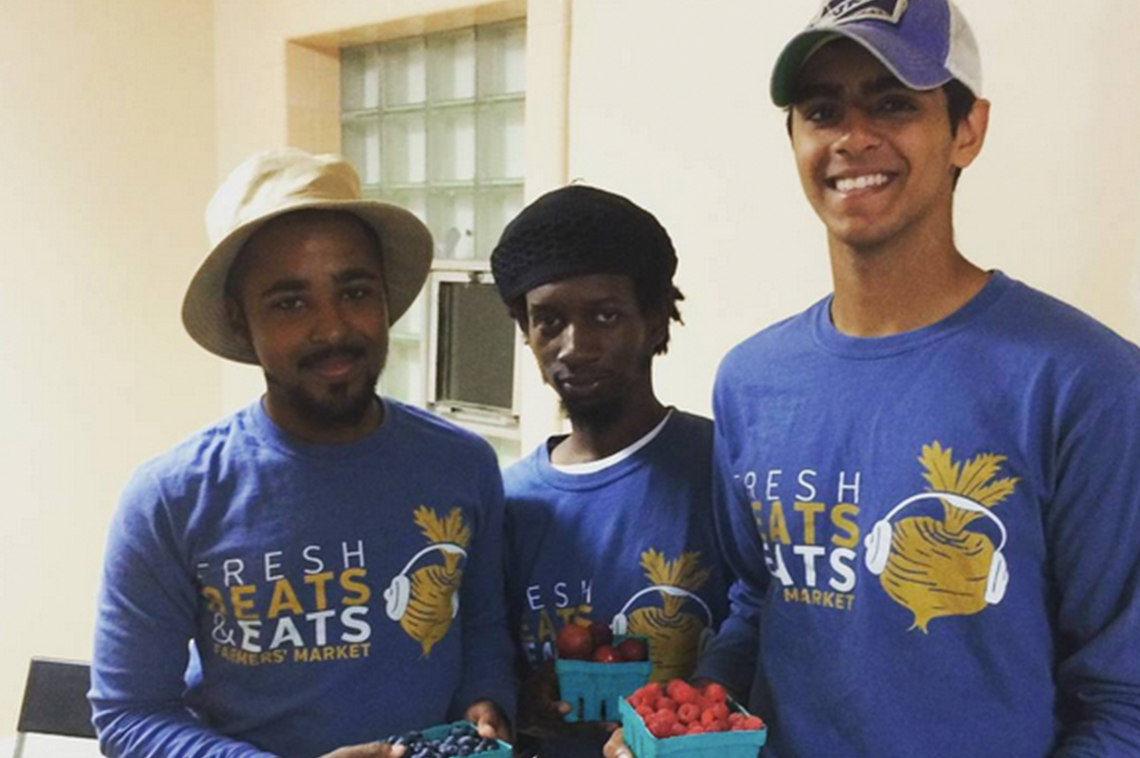
Photo courtesy of Inner-City Muslim Action Network
Organizers at IMAN have identified specific strategies for engaging youth, fostering local artistic talent, enhancing health and wellness, and increasing access to healthy foods, including:
- The Fresh Beats & Eats Farmers’ Market brings healthy food options and artistic and cultural expression through music and performance.
- The Beloved Community Ceramics Studio offers the local community a unique entrypoint to artistic creation, entrepreneurship, and arts therapy.
- Their engagement of local corner stores to prominently display healthier snack options has spurred interest in wellness and healthy eating.
- Their Sacred Cypher Creatives program offers year-long support to five community artists to engage artistically in IMAN’s initiatives on culture, social justice, and community.
Across their work, art is seen as a tool for powerful self-expression and development of voice. Community members have outlets not only for harnessing their own creativity but also for envisioning solutions to local problems. Encouraging artistic expression has greatly enhanced their healthy food access work, making it more relevant to community member’s lives and values. Residents have access to a wide variety of strategies for strengthening community ties, fostering intercultural learning, and healing deep traumas and wounds. The next step in this trajectory is the realization of IMAN’s art-infused healthy marketplace and community hub - the Fresh Beats Marketplace - which is scheduled to open in Summer 2019.
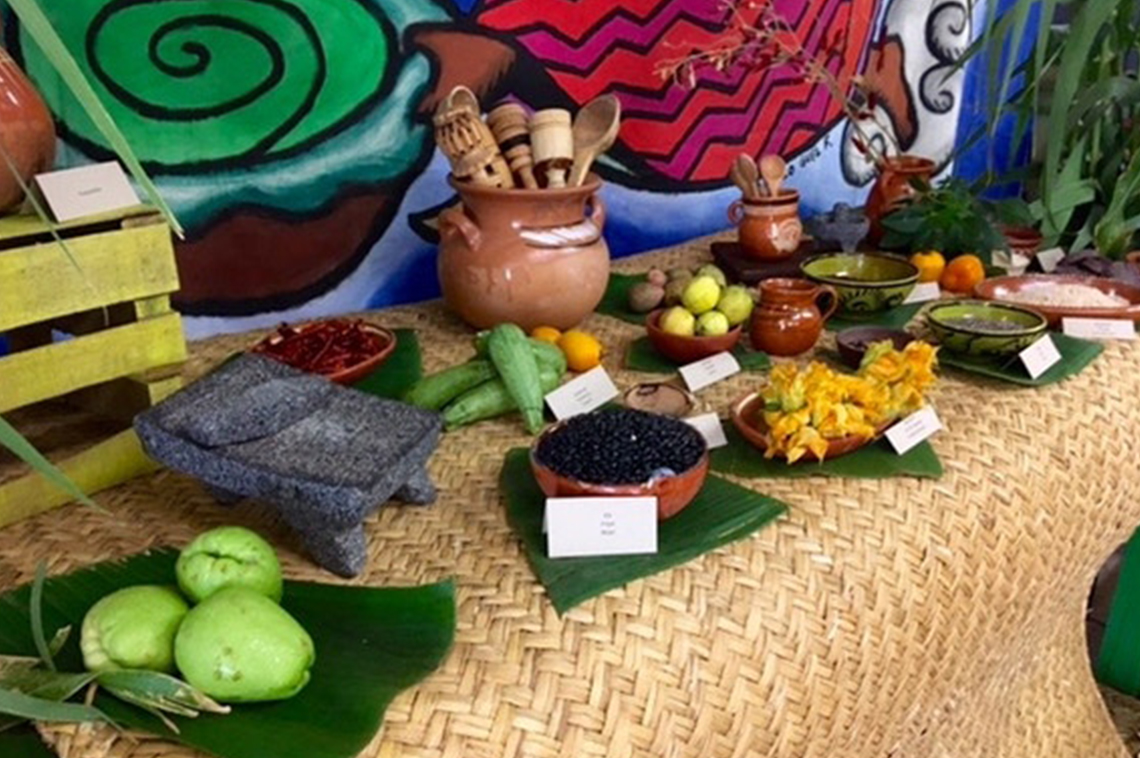
Photo courtesy of La Mujer Obrera
La Mujer Obrera has a deep dedication to community economic development visible through the organization’s numerous social enterprises such as Rayito de Sol daycare center, Cafe Mayapan, Tianguis del Chamizal, Tierra es Vida community farm, and Lummetik Trading Company artisan market. La Mujer Obrera places the appreciation and celebration of cultural heritage and artistic expression at the center of all of their work. For members of their community, art is deeply intertwined in culinary preparations, agricultural traditions, artisan-produced goods, and numerous cultural events celebrating ancestral Mexican heritage through music, dance, and the visual arts. Community residents have diverse opportunities to increase economic stability, celebrate their heritage, and fight for a community that reflects their local values and culture. As such, La Mujer Obrera is directly contributing to the stability of households, fighting displacement, and fostering the revitalization of a historically disinvested community.
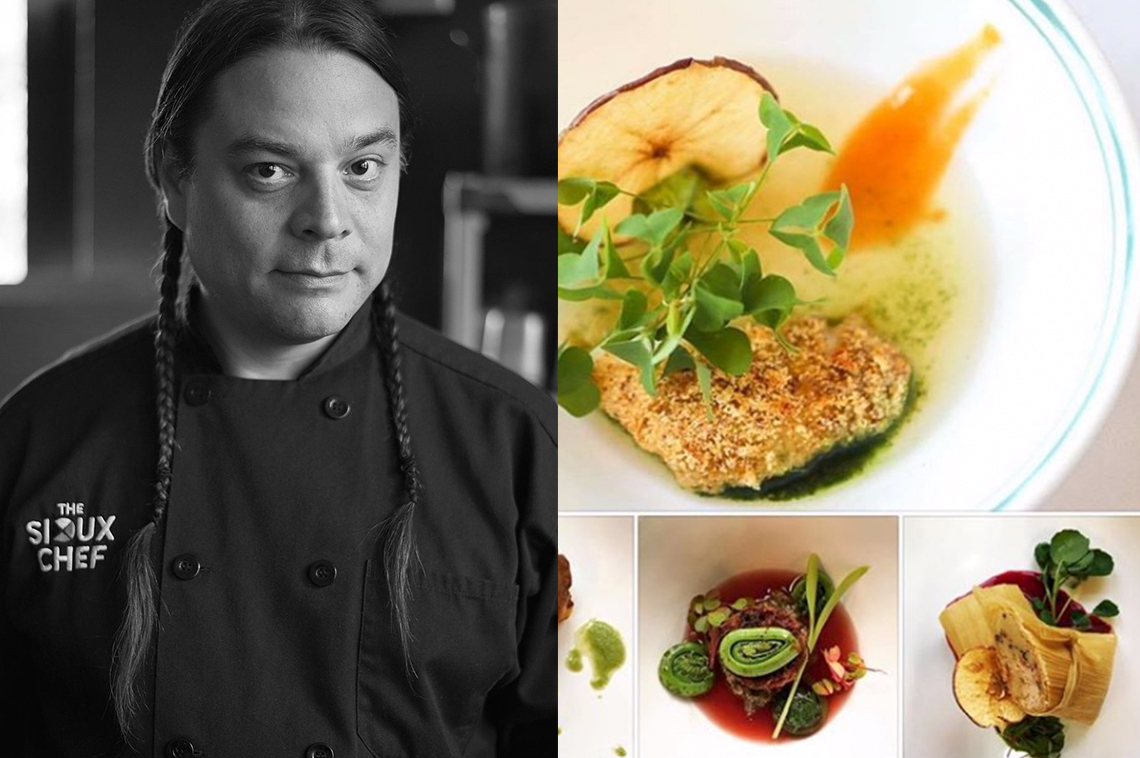
Photo courtesy of Indigenous Food Lab
The first Indigenous Food Lab - which is set to open in Summer 2019 - will be a live restaurant and a hub of indigenous culinary education and business incubation that will create opportunities for sustainable economic development. The work is built around two main goals: (1) increasing accessibility of Indigenous foodway knowledge, and (2) teaching Indigenous food preparation. Both of these tactics are a response to the lasting legacy of colonization and forced assimilation, which have hindered many Native communities in their ability to retain and transfer indigenous culinary knowledge. The restaurant will provide the nonprofit with a steady revenue source, while the kitchen will offer Indigenous food-based education and business development to local beginning Indigenous food production businesses. The Indigenous Food Lab will link nascent urban food businesses with rural, Indigenous food producers with a focus on not only revitalizing Native American culinary traditions, but also on utilizing local, traditional crops.
The next step of this work will be to replicate this model and establish Indigenous Food Labs throughout the country, North America, and the world. By growing an international network of regional hubs promoting Indigenous foodways, The Sioux Chef team seeks to catalyze a world-wide revitalization of ancestral food knowledge and appreciation.
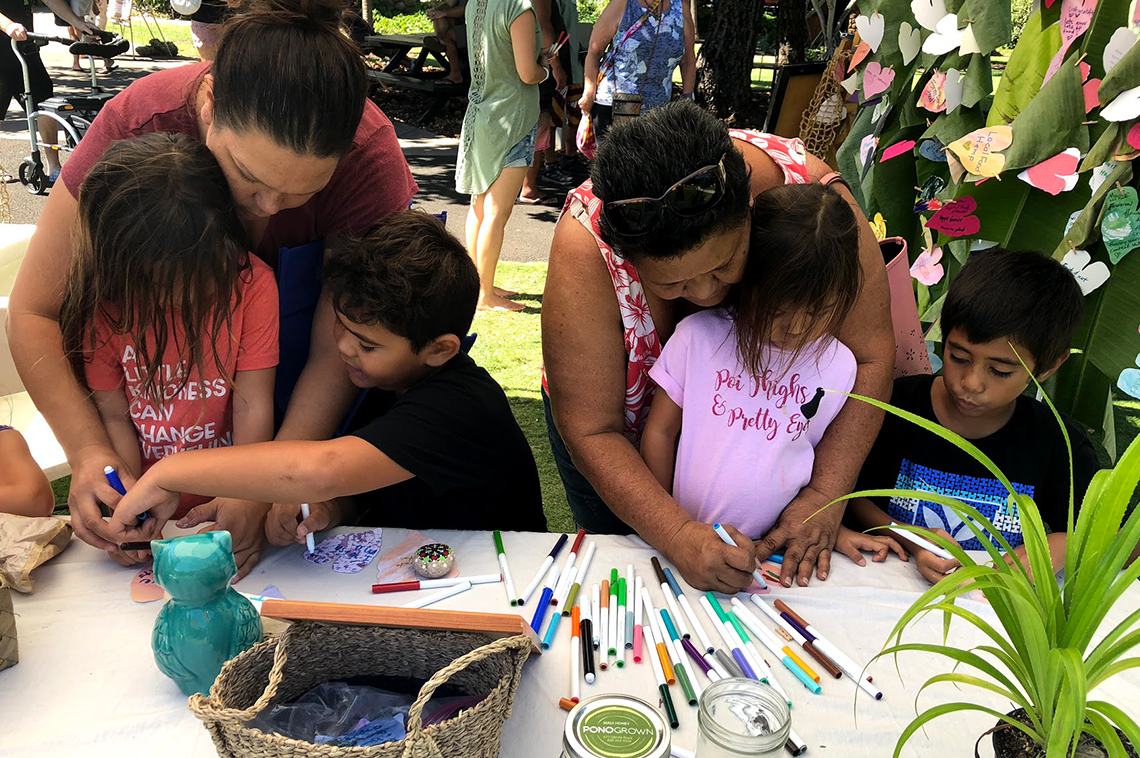
Photo courtesy Mālamalama Maui Project
In order to foster a truly community-engaged process, Mālamalama Maui Project organizers bring together various community stakeholders through film, music, media, and food. Since initiating this work, the project has collaborated with more than 24 local organizations and built a decentralized coalition that will continue this work into the future. They approach coalition building by targeting expanding circles of influence, cultivating stakeholder buy-in, and leveraging established influence, partnerships, and funding investments to reach larger audiences with less resources over time. The project has provided micro-funding to support numerous local partner organizations in integrating artistic and cultural experiences into their mission. By creating new relationships, building capacity, and strengthening local collaboration, Mālamalama Maui is fostering sustainability and a healthy local food system for Maui.
The final campaign of this two-year project - “36,000 Acres, 36,000 Hearts” - aimed to engage 36,000 people in sharing their heart-felt vision or solution for the future stewardship of the Central Valley farmlands of Maui, to be shared with local agricultural corporations and policymakers as a gesture of solidarity and collaboration that promotes community-empowered design.
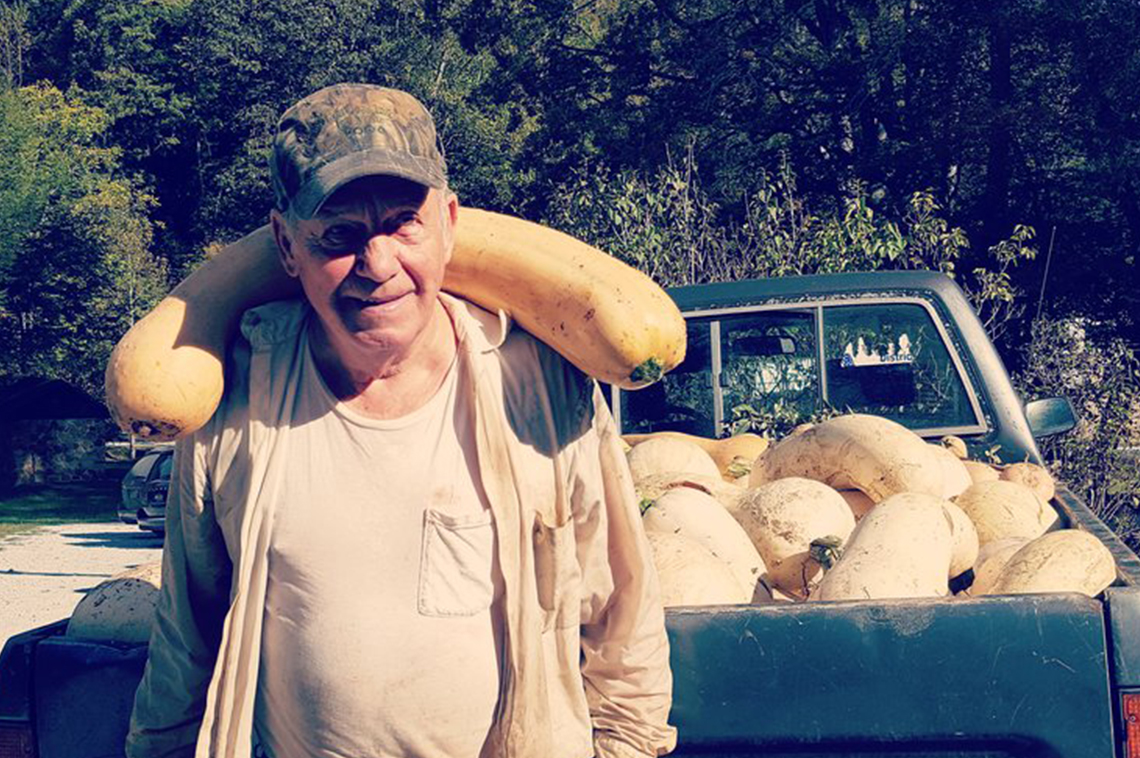
Photo courtesy Pine Mountain Settlement School
Pine Mountain Settlement School focuses specifically on place-based strategies for community development, placing Appalachian culture and heritage squarely at the center of their work. They use food and agricultural education and technical assistance through their Farm Institute to catalyze a movement of local community members who are growing organic food to not only support household food security, but also to sell at local markets and increase economic stability. The organization utilizes shared community meals and educational workshops such as seed exchanges to bring community members together and increase local knowledge on production practices and Appalachian heritage. The Little School program engages children in learning, cultural exchange, and experiencing the natural environment of eastern Kentucky. Community pottery nights in the on-site pottery studio bring local residents together to explore creativity and artistic expression. These strategies offer a multi-pronged approach to lasting community development in an area of the country that has all but been left behind.






